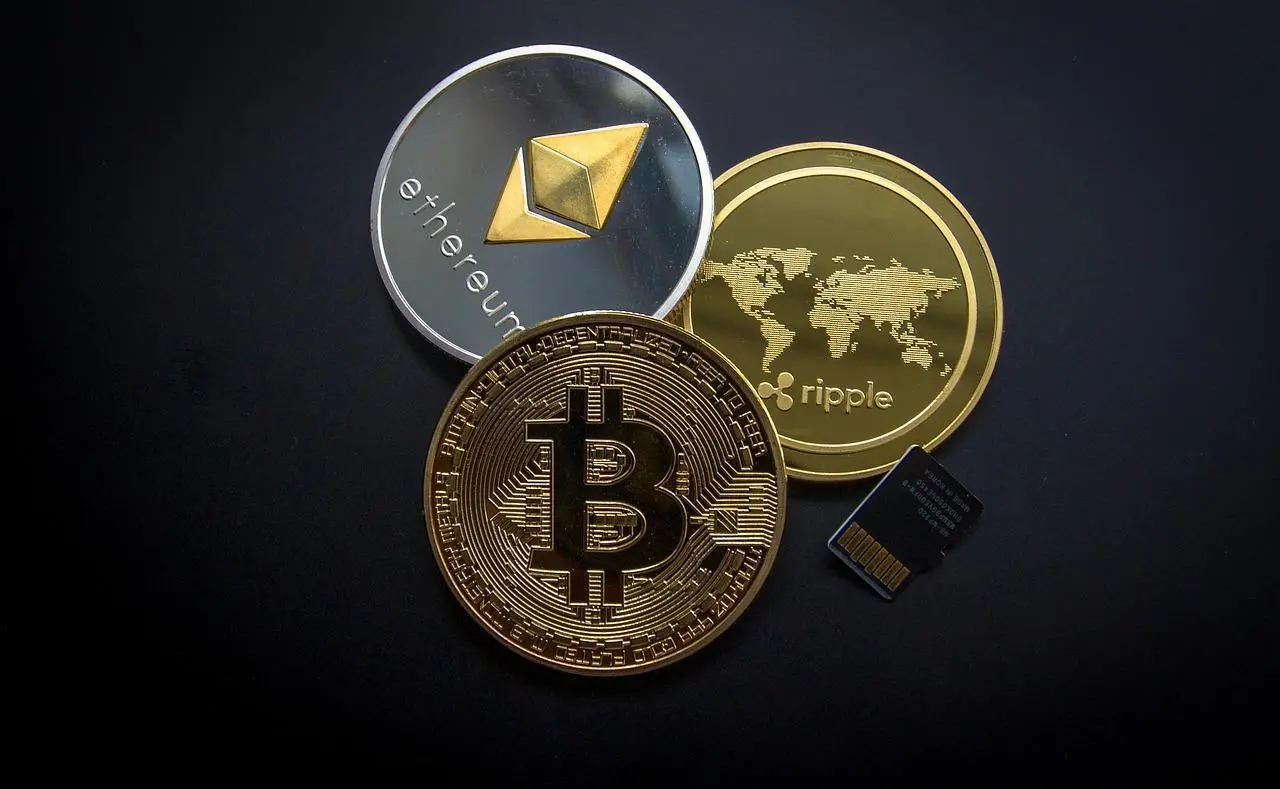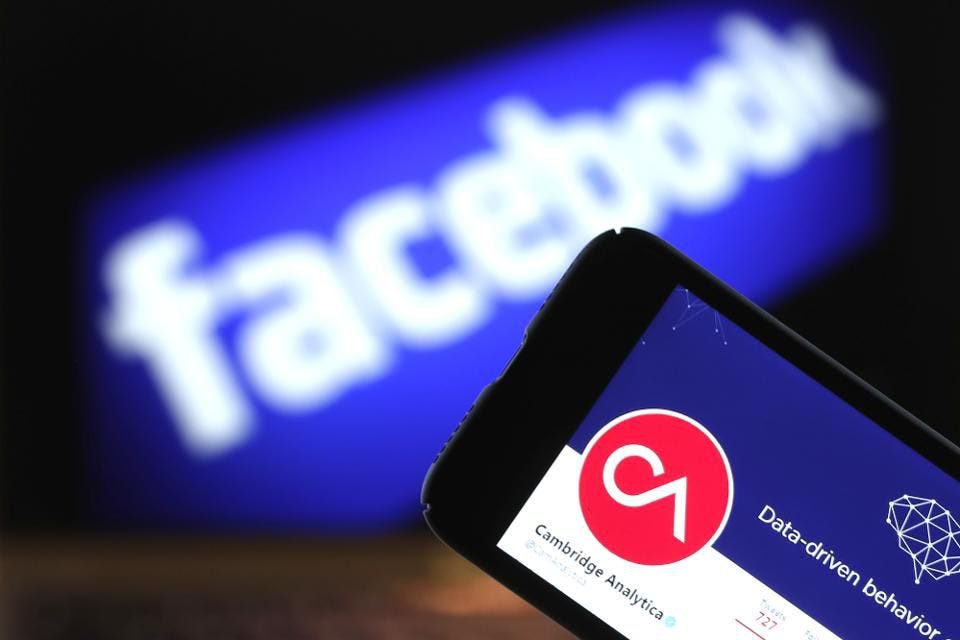Comments (3)
George Wiltshire
We are hungry to learn, please make more articles. Thank you.
Daniel Acosta
Not a fan of cryptocurrencies but can't deny that Ethereum is changing the game.
Jesse Webber
The comparison with Apple is on point !

If you’re reading this on your smartphone, there is an almost one in four chance that you’re reading it from an iPhone. Despite being ridiculously overpriced, prone to scratches and screen shatter (who puts glass on a phone that is obviously going to be dropped?) as of the third quarter of 2018, Apple, maker of the ubiquitous iPhone had a market share of 24.3% of the global smartphone market. Despite there being myriad alternatives to the iPhone, many of which are cheaper, boast better cameras, features, functions, memory and a host of other hardware items — we somehow (myself included) still very much love our iPhones.
And part of that reason is Apple’s App Store — the cornerstone of the smartphone revolution. When the iPhone first came out, the App Store was a key attraction of the iPhone as a platform to get virtually everything done, became a refrain that would forever be tattooed into the minds of a generation. As a software platform, iOS became the place for app developers to be found and it was only in the last couple of years that Google caught up with its Google Play Store and Android apps finally surpassed the number of iOS apps. But numbers aren’t necessarily the best metric because most of us use only a handful of apps and the most popular ones are available on both platforms. And with iOS being more lucrative for app developers, there has been a tendency for new apps to appear on iOS before their Android counterpart makes it appearance.
It’s the apps on our smartphones that provide the raison d’être for owning them to begin with. Because let’s face it, if all we needed to do was to SMS (ask your grandparents) and make voice calls (again, ask your grandparents), a Nokia 8210 (visit a museum) would do that in a heartbeat and for good measure, you could even play the game Snake (nobody’s old enough to tell you what that is, research physical archives). Apps provided the fuel that ultimately powered the smartphone and gave rise to a whole ecosystem where much of our lives now revolve around what’s in our pockets (let’s keep this sophisticated, I know what you’re thinking).

In a similar vein, Ethereum’s core purpose was to provide that decentralized platform similar to iOS for developers to develop decentralized apps or dApps on top of the Ethereum protocol. And despite the value of Ethereum being hammered, arguably, compared to almost every other blockchain protocol, it’s been relatively successful at achieving its goal — to provide a platform for the development of other applications.
Ethereum was never intended to be an “investment.” But because it was easy to build smart contracts (digital contracts which are self-executing when certain conditions are met), both entrepreneurs and snake oil salesmen as well as con men of every stripe hitched their saddle to Ethereum to launch every and all manner of ICO (initial coin offering). Many of these ICOs were nothing more than ways to tap retail investors for money — using Ethereum to buy the tokens of these ICOs. And because demand for ICOs burned white hot last year, demand for Ethereum also went to the moon, driving its price up against the dollar. But as quickly as those ICOs raised Ethereum, they just as quickly dumped it, swapping it out for fiat currency. Analysis of 220 ICOs by cryptocurrency exchange BitMEX recently revealed that ICOs sold as much Ethereum as they had raised in dollar terms (about US$5 billion). Whether one agrees with the effects that the ICO craze had on the price of Ethereum, or whether or not one agrees with the use of Ethereum as a conduit for ICOs to raise money, one cannot deny that ultimately, Ethereum as a platform to facilitate that function was successful.
The founding vision of Ethereum was never to compete with the dollar as a form of currency. Instead, it was designed to allow internet users to retake control over their data. While Bitcoin may have been created to eliminate the middlemen in finance — Ethereum was created to target the platform companies such as Amazon, Facebook and Uber — all of which have recently come under scrutiny for their egregious breaches of privacy and mishandling of user data.

And just like Apple’s App Store, Ethereum has attracted talented developers who have forged their own cult-like loyalty to the Ethereum protocol, creating a vibrant community of open source programmers. In the development community, those interested in developing blockchain applications speak in terms of Ethereum, whereas those interested in a store of value or a medium of exchange tend to talk about Bitcoin. Despite the plunge in Ethereum’s price versus the dollar, developer interest in Ethereum has not waned — something which a quick inspection of GitHub’s commits to Ethereum-related projects will confirm. Although many Ethereum-based projects were over-hyped and unlikely to deliver on their early promises, the space continues to attract talent and capital — key ingredients for building out an Ethereum-based ecosystem the same way that Apple brought apps to the mainstream consciousness.
From logistics companies to banks, financial institutions to farmers, companies across a range of sectors are investing real money to explore the commercial applications of the Ethereum blockchain. Two months ago, energy giant Shell and banks Société Générale and Citigroup announced that they were backing the development of Komgo, an Ethereum project designed to improve commodity trade financing.
And part of the draw for Ethereum developers is that it’s Turing complete — which means that developers can write programs that can (for the most part) solve any reasonable computational problem. It also allows for sophisticated logic — a key component in designing complicated Ethereum smart contracts. And because Ethereum is Turing complete, it is possible to implement logic in another programming language like Python, but translate that logic across to Solidity (an Ethereum programming language) if so needed. To understand the significance of this implication, think of it as a “universal translator.” Basically, even if I’m a coder proficient in C++ or some other programming language, because Ethereum is Turing complete, I can port over my programming logic from one programming language across to the Ethereum blockchain — which is a huge bonus. It means that as a developer, I don’t have to redefine my programming logic to cater specifically for the Ethereum protocol and is part of the reason why Ethereum has attracted so many developers. 
Jim forgot where he left his keys again.
From game such as CryptoKitties to prediction markets such as Augur, Ethereum remains one of the few blockchain protocols which have developers and companies as well as entrepreneurs, building on top of it — just like the Apple App Store at the launch of the very first iPhone. And with the rise of IoT or the Internet of Things (where devices such as washing machines and refrigerators are connected to the internet), companies from Sansung and IBM, to Barclays and Wells Fargo are all exploring building applications on top of the Ethereum protocol. But unlike Apple’s App Store which was a walled garden where only apps which adhered to the strict rules set by Apple could cut the mustard, the decentralized nature of Ethereum means that anyone can build atop the Ethereum protocol — and that will undoubtedly have and has already had some unfortunate and unforeseen circumstances — chief among which was the infamous hacking of the DAO (decentralized autonomous organization) and the subsequent fork of Ethereum into Ethereum and Ethereum Classic. To be sure, Ethereum is still very much in its infancy — it’s barely even a toddler having only truly existed for about three and a half years.
But Ethereum, warts and all has tremendous potential. It’s open, flexible and can be customized in a variety of ways that Bitcoin can’t. Vitalik Buterin, Ethereum’s eponymous founder has made known that his ultimate goal is to use Ethereum to radically re-architect the web — taking power away from traditional brokers and delivering it to the masses. If Ethereum ultimately achieves mass adoption through the countless developers building the future of the decentralized web on top of it, then the ICO bubble and bust of 2017 and 2018 would feel like nothing more than a speed bump in the development of what could be the blockchain protocol to follow in the footsteps of Apple’s App Store. And for that reason alone, one could consider holding on to some Ethereum, as well as an iPhone.
We are hungry to learn, please make more articles. Thank you.
Not a fan of cryptocurrencies but can't deny that Ethereum is changing the game.
The comparison with Apple is on point !
Patrick is an innovative entrepreneur and a lawyer passionate about cryptocurrencies and the business world. He is the CEO of Novum Global Technologies, a cryptocurrency quantitative trading firm. He understands the business concerns of founders and business people helping them to utilise the legal framework to structure their companies to take advantage of emerging technologies such as the blockchain in order to reach greater heights. His passion for travel, marketing and brand building has led him across careers and continents. He read law at the National University of Singapore and graduated with Honors in the Upper Division and joined one of Singapore’s top law firms, Allen & Gledhill where he was called to the Singapore Bar as an Advocate & Solicitor in 2005. He created Purer Skin, a skincare and inner beauty company which melds the traditional wisdom of ancient Asian ingredients such as Bird's Nest with modern technology. In 2010, his partner and himself successfully raised $589,000 from the National Research Foundation of Singapore under the Prime Minister’s Office. He has played a key role in the growth of Purer Skin from 11 retail points in Singapore to over 755 retail points in Singapore and 2 overseas in less than a year. He taught himself graphic design, coding, website design and video editing to create the Purer Skin brand and finished his training at a leading Digital Media Company.
Leave your comments
Post comment as a guest